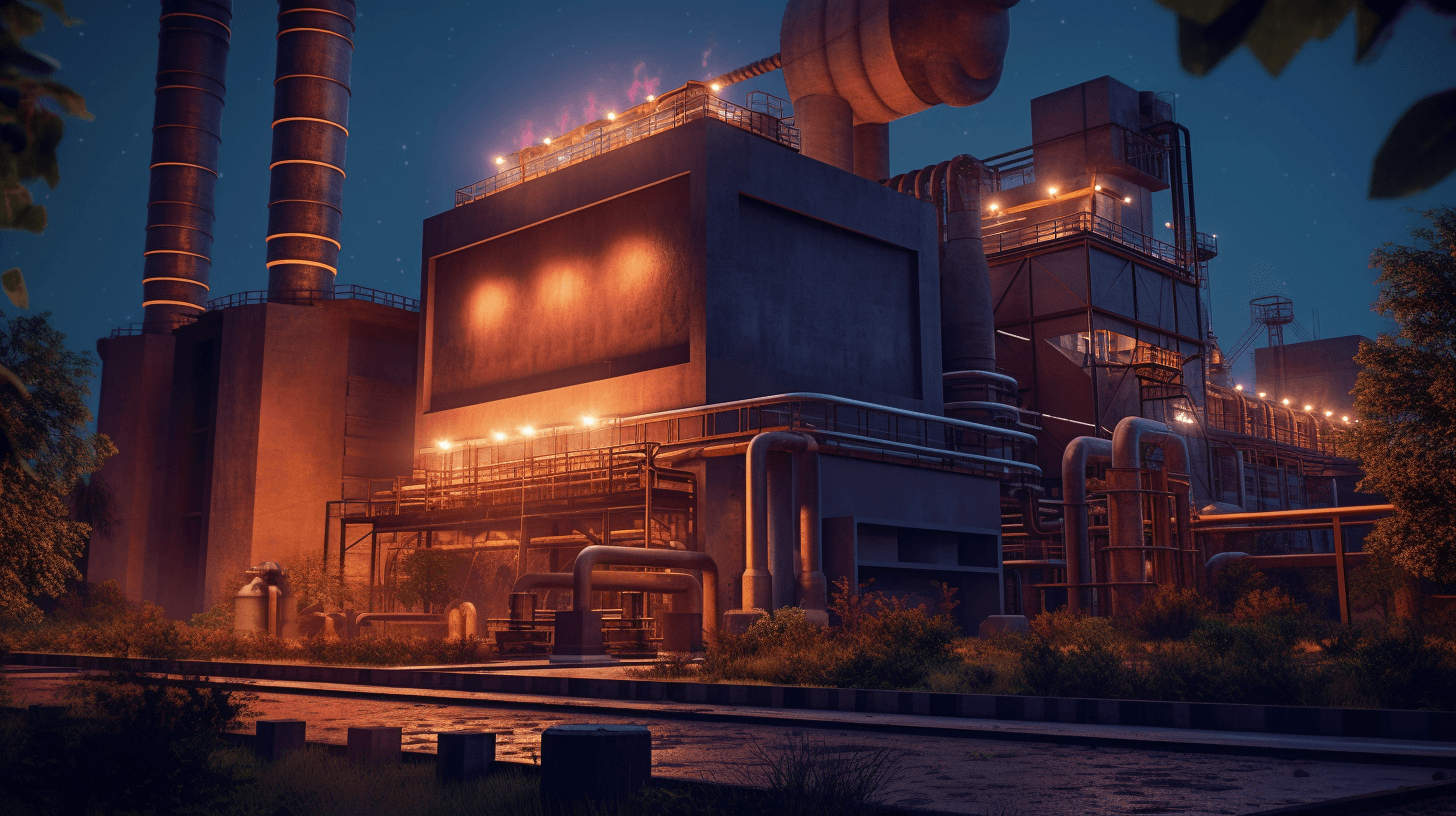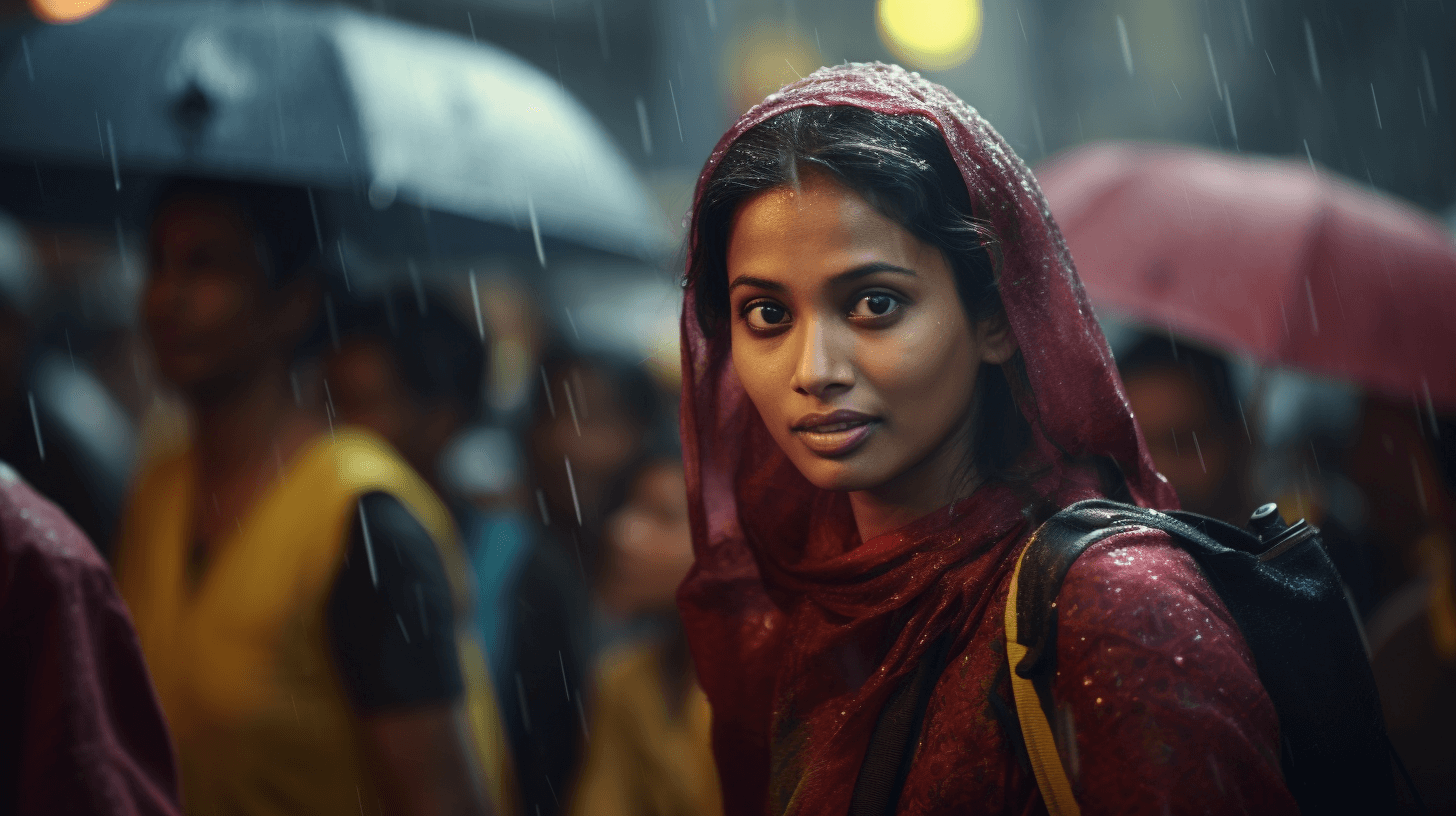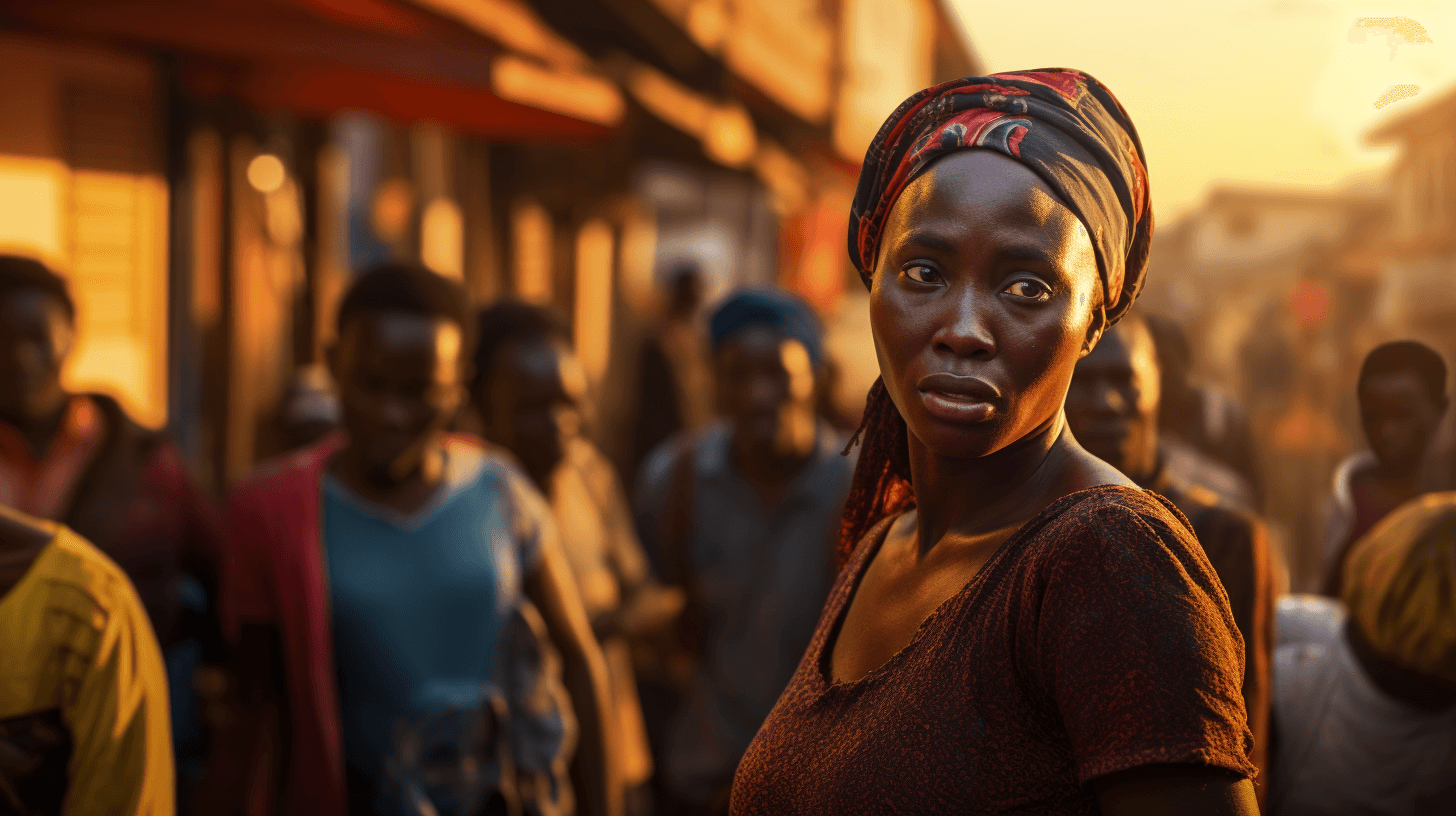😱🏭🔥 Da Huge Coal Power Plant in Bangladesh Stay Run Out of Coal
One of da world’s moke new, most argumental coal-burning power plants stay start operation in December. By January, dey wen stop um foa one month. Again, in April, dey wen pau foa 23 days. 😮🚫⏰
Da problem: No get coal foa burn. ❌🔥
Dat mean dey no can make electricity o money foa get back da $2 billion it wen cost foa build um. 💸💰💔
Da issues dat Maitree power plant stay facing, show how odda new coal plants all ova da world could have trouble too, foa plenny different kine reasons. Maitree had to shut down cause no get enough foreign currency foa import coal from Indonesia. Dat happen cause da value of da Bangladeshi taka wen drop, an da price of stuffs, like coal, wen go up. 💰💰📉
Otha coal plants all ova could stay shut down in da coming years cause coal might not stay da cheapest way foa make electricity anymore. As da price foa renewable energy, like wind an solar, drop, it going be hard foa keep running coal plants, even da new ones where da people who wen build um neva even make back dea money yet. (Fo Maitree, dat goin take 25 years.) An wen da projects stay funded by da public, den da taxpayers goin have foa foot da bill. 💨💡🔌🚫
Da energy minister foa da country, Nasrul Hamid, stay stickin up foa da decision foa build da power plant. He say no can blame um cause dey neva know all da problems dat would come up, like da price of coal going up on da world market, o da foreign currency crisis his country stay facing. 😤💪🌍💡
He say Bangladesh need foa get cheap, reliable electricity, no matta if it come from fossil fuels o anodda source. “Every country stay doin dat,” he say. ⚡💪🌏
Even though Mr. Hamid stay all foa it, Bangladesh stay like plenny odda Asian countries an starting foa back off on coal. His government wen stop da construction of 12 coal-burning power plants da last few years, an dey planning foa get 40 percent of da electricity from “clean energy” (dat include gas, which stay da biggah part of da electricity now) by 2040. Dey also looking into offshore wind an hydroelectric power from Nepal. 🌱🌊🌬️
India wen just say dat dey no goin build any new coal plants foa da next five years. Ova in odda places, old coal plants stay slowly shutting down, an new projects stay getting scrapped, like how Global Energy Monitor, dat watch ova da construction of coal plants, say. ⛔🏭🔄
But China stay doing its own ting an building even moe coal plants than da rest of da world put togedda. 🇨🇳🔥🚧
Da coal project in Rampal, where dey goin make 1,320 megawatts of electricity, stay causing plenny arguments cause stay less than 10 miles upriver from da entrance to da biggest mangrove forest in da world, da Sundarbans. Dis place stay UNESCO world heritage, an get da Bengal tiger, da rare river dolphins, an all kine mangroves. Da environmentalists stay saying da coal plant goin mess up da air an da water ova dea. 😨🌳🌊🏞️
“It’s good dat it stay not doing notting. No make stink gas,” Sultana Kamal, one advocate foa da environment who stay from Dhaka, wen say wen da plant wen shut down one time. “But on da odda hand, dis one big waste of public money. Show how nobody wen plan um right.” 🌬️🙅♀️💸🚫
Sail north along da Pashur River from da dense, dark tangle of da Sundarbans forest, you first pass women, waist-deep in water, hauling nets to scoop up young shrimp to sell to shrimp farms inland. Villages are hemmed in by mud embankments that can crumble when the tides are high or a storm passes through. 🚢🏞️🐚🌊
It is also a busy industrial thoroughfare. On the riverbanks are cement plants and bulbous tanks to store imported gas. The port town of Mongla is dotted with factories stitching fast fashion for export. 💪🏭📦🌾
Then there is the 900-foot smokestack of the coal plant, topped with a bright red light. 🔥🏭🚦
Da plant’s managers say they have taken precautions against environmental risks. Coal is to be ferried in covered barges to prevent coal dust from scattering. Gypsum, a byproduct of coal-burning, is to be sold to cement factories. Ash ponds are to be covered. “We understand this is a very sensitive area,” said Bappaditya Sarkar, a general manager. 🛡️🏭🌱🌊
Da country’s coal rollout reflects its diplomatic strategy. Maitree is a joint project with da Indian state-owned National Thermal Power Corporation. A second coal project has started sending electricity into Bangladesh from a coal plant in India, run by da Indian conglomerate Adani. China helped with two coal plants, in Barisal and Payra. Japan is funding another, under construction in Matarbari. 🤝💡🌍🔌
For Bangladeshi citizens, the price of coal-burning electricity has turned out to be far higher than expected. Also, less reliable. No sooner had Maitree resumed operations in mid-May, after managing to secure foreign currency to pay its coal suppliers, than the Payra plant shut down, run by another state-owned company, also temporarily, for a lack of coal. Bangladesh has also been reeling from power cuts in sweltering heat. ⚡🔌🌡️😓
Not far from Maitree, another coal plant was supposed to be built. But its developers changed their mind. It’s now the country’s second-largest solar farm. ☀️🌱🏭🔄
NOW IN ENGLISH
😱🏭🔥 The Huge Coal Power Plant in Bangladesh is Facing a Shortage of Coal
One of the world’s newest and most controversial coal-burning power plants started operating in December. However, by January, it had to halt its operations for a month. Then, in April, it faced another shutdown, lasting for 23 days. 😮🚫⏰
The problem at hand is the lack of coal supply to burn. ❌🔥
This means that the power plant cannot generate electricity or make money to recover the $2 billion it cost to build. 💸💰💔
The issues faced by the Maitree power plant highlight how other new coal plants worldwide could encounter similar problems due to various reasons. In Maitree’s case, the shutdown occurred because there wasn’t enough foreign currency to import coal from Indonesia. This happened due to the depreciation of the Bangladeshi taka and the rising prices of commodities like coal. 💰💰📉
Other coal plants around the world might also face shutdowns in the coming years because coal may no longer be the cheapest option for generating electricity. As the prices of renewable energy sources such as wind and solar continue to drop, it will become challenging to sustain coal plants, even the recently built ones that haven’t recouped their costs yet. (For Maitree, it will take 25 years.) Moreover, when such projects are funded by the public, taxpayers end up bearing the burden. 💨💡🔌🚫
The country’s energy minister, Nasrul Hamid, defends the decision to build the power plant, stating that they couldn’t anticipate all the problems that would arise, such as the increasing global coal prices or the foreign currency crisis faced by the country. 😤💪🌍💡
He argues that Bangladesh needs cheap and reliable electricity, regardless of whether it comes from fossil fuels or another source. “Every country is doing that,” he says. ⚡💪🌏
However, despite Mr. Hamid’s stance, Bangladesh, like many other Asian countries, is gradually moving away from coal. The government has halted the construction of 12 coal-burning power plants in recent years and aims to obtain 40 percent of its electricity from “clean energy” sources (including gas, which currently accounts for a significant portion of the electricity) by 2040. They are also exploring offshore wind and hydroelectric power from Nepal. 🌱🌊🌬️
India has recently announced that it won’t build any new coal plants for the next five years. In other regions, old coal plants are gradually shutting down, and new projects are being scrapped, as reported by the Global Energy Monitor, which monitors coal plant construction. ⛔🏭🔄
However, China continues to build even more coal plants than the rest of the world combined. 🇨🇳🔥🚧
The coal project in Rampal, which aims to generate 1,320 megawatts of electricity, has sparked numerous debates as it is located less than 10 miles upriver from the entrance to the Sundarbans, the largest mangrove forest in the world and a UNESCO World Heritage site. The Sundarbans is home to the Bengal tiger, rare river dolphins, and various species of mangroves. Environmentalists argue that the coal plant will harm the air and water in the area. 😨🌳🌊🏞️
Sultana Kamal, an environmental advocate from Dhaka, expressed mixed sentiments when the plant was temporarily shut down, stating, “It’s good that it’s not doing anything harmful. It doesn’t release polluting gases. But on the other hand, it’s a significant waste of public money and shows that nobody planned it properly.” 🌬️🙅♀️💸🚫
If you sail north along the Pashur River from the dense and dark Sundarbans forest, you will encounter women standing waist-deep in water, using nets to catch young shrimp that they sell to shrimp farms inland. Villages are surrounded by mud embankments that can crumble during high tides or storms. 🚢🏞️🐚🌊
The area is also a bustling industrial corridor with cement plants and storage tanks for imported gas lining the riverbanks. The port town of Mongla is filled with factories producing fast fashion for export. 💪🏭📦🌾
Amidst it all stands the 900-foot smokestack of the coal plant, adorned with a bright red light. 🔥🏭🚦
The plant’s managers claim to have taken precautions to mitigate environmental risks. They transport coal in covered barges to prevent coal dust from spreading. Gypsum, a byproduct of coal-burning, is sold to cement factories, and ash ponds are covered. “We understand that this is a very sensitive area,” said Bappaditya Sarkar, a general manager. 🛡️🏭🌱🌊
Bangladesh’s reliance on coal reflects its diplomatic strategy. The Maitree project is a joint venture with the Indian state-owned National Thermal Power Corporation. Another coal project has already started supplying electricity to Bangladesh from an Indian coal plant operated by the conglomerate Adani. China has assisted in the construction of two coal plants in Barisal and Payra, while Japan is funding another plant currently under construction in Matarbari. 🤝💡🌍🔌
For Bangladeshi citizens, the cost of electricity generated from coal has turned out to be much higher than anticipated and less reliable. Shortly after Maitree resumed operations in mid-May, having secured foreign currency to pay its coal suppliers, the Payra plant also temporarily shut down due to a lack of coal supply. Bangladesh has been grappling with power cuts amid sweltering heat. ⚡🔌🌡️😓
Not far from Maitree, another coal plant was initially planned, but the developers changed their minds, and it has now transformed into the country’s second-largest solar farm. ☀️🌱🏭🔄






